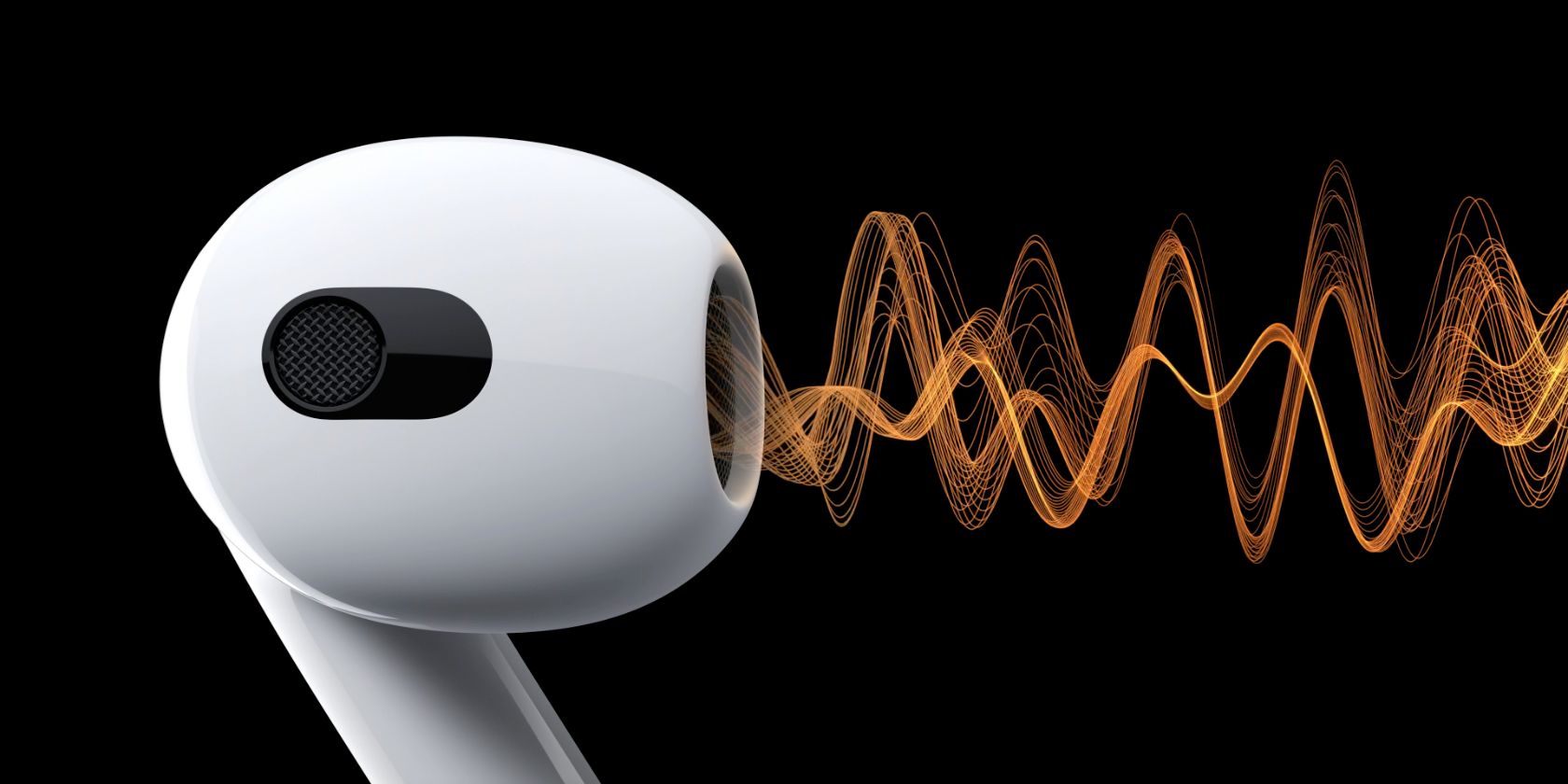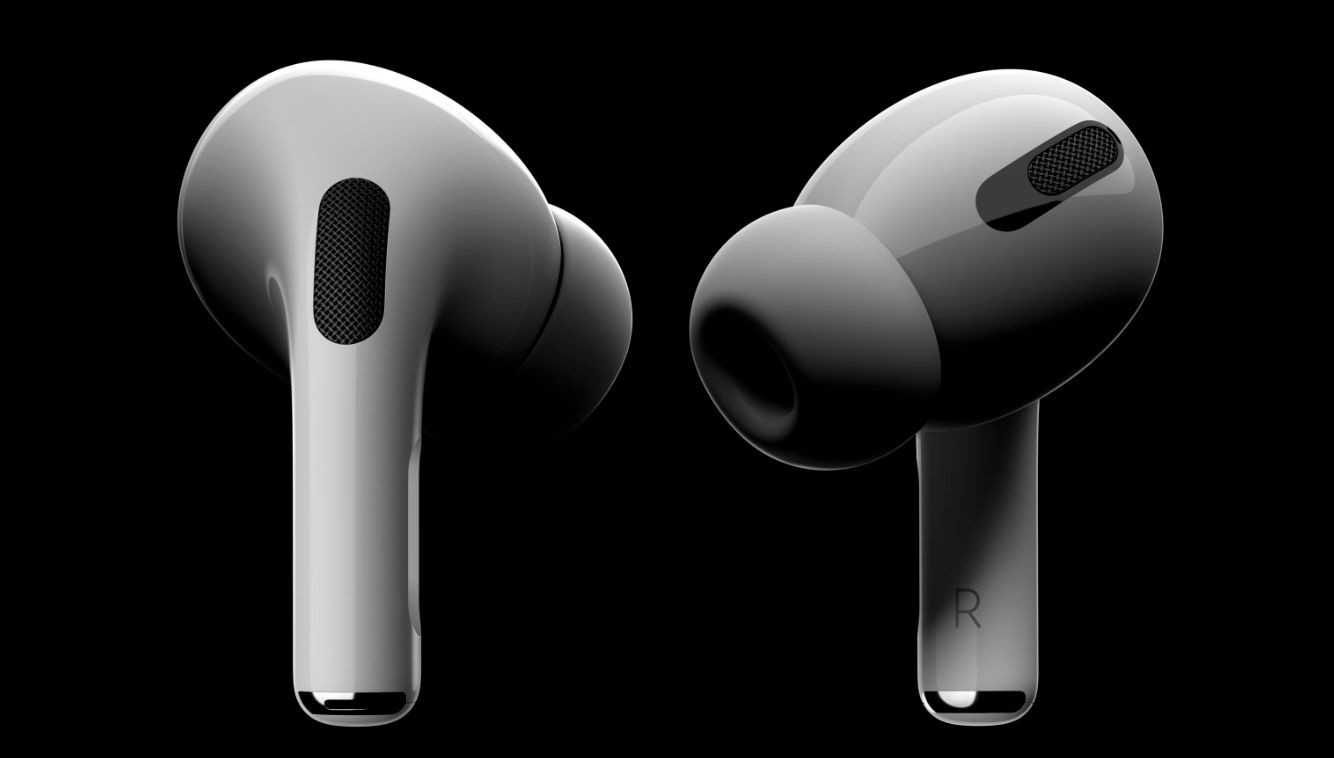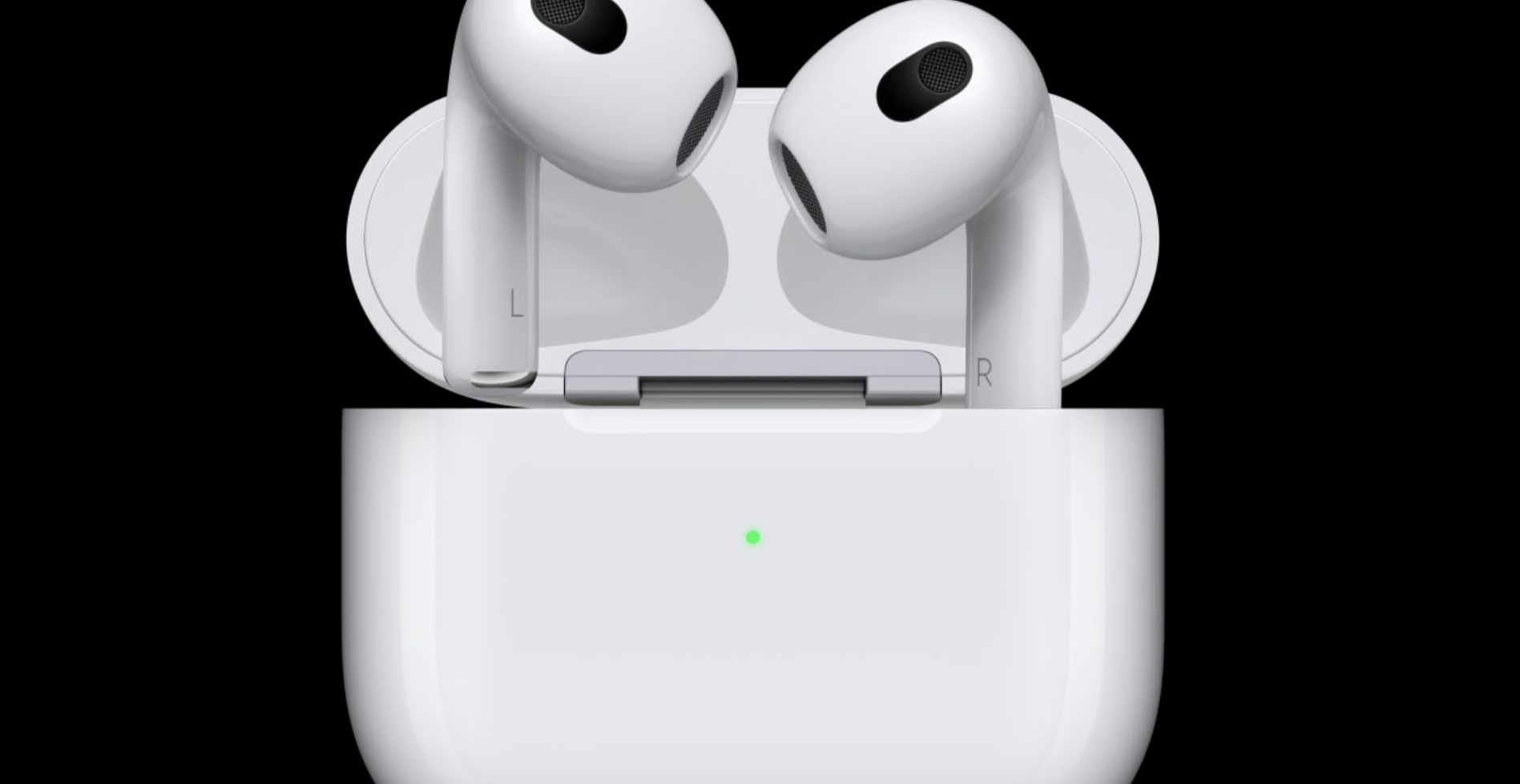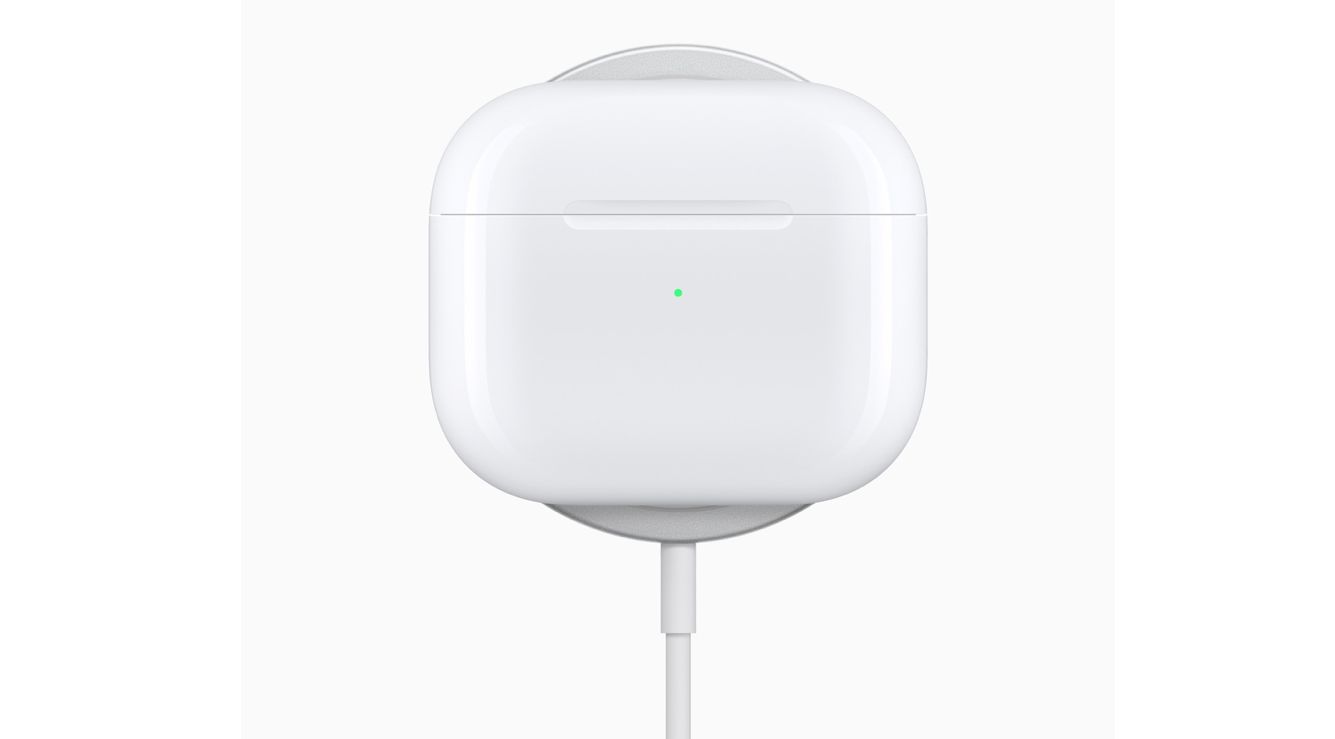Apple's AirPods lineup of wireless earbuds continues to get even better. With the third-generation AirPods, Apple has added a number of great features and redesigned the earbuds to look closer to the higher-end AirPods Pro.
If you're trying to decide between the two options, we're here to help and will compare the AirPods 3 and AirPods Pro.
Design and Audio Features
When comparing the design of the third-generation AirPods and AirPods Pro, you might need to look twice. Apple revamped the design of the AirPods 3 to look very similar to the more expensive model.
Both AirPod models feature short stems that offer a Force sensor. That allows you to control audio playback by pressing the sensor. On older AirPod models, you needed to double-tap an AirPods which was less reliable.
The AirPods 3 and AirPods Pro also share a number of audio features. Both earbuds offer Spatial Audio with head tracking. Spatial Audio is supported in Apple Music and other apps. If you don't know about the technology, make sure to read our primer on Spatial Audio.
Each model also offers an Adaptive EQ feature that will fine-tune the music for the best possible sound in real-time.
AirPods 3 and AirPods Pro use the same H1 chip to provide features like automatic switching and "Hey Siri." Each model is also rated to be IPX4 sweat and water-resistant.
Even with those similarities, the AirPods Pro offer some additional features. Instead of sitting at the end of the ear canal like the AirPods 3, the AirPods Pro are designed to be placed inside your ear.
For a better fit, Apple offers three different sizes of silicone tips. There is also an Ear Fit Test available on an iPhone or iPad. That will make sure the size you select offers the best sound quality.
The AirPods Pro also sport two big audio features not found on the AirPods 3—Active Noise Canceling and a Transparency mode.
Active Noise Cancelation, or ANC, is designed to neutralize sound from the outside world and provide a more immersive listening experience.
Transparency mode allows outside noise in while you listen to music or anything else. It's perfect for times where you need to be observant of your surroundings like on a run.
Battery Life and Charging Case
AirPods 3 features a MagSafe Charging Case. With that, you can charge the AirPods and case via a Lightning cable, regular wireless charger, and Apple's MagSafe charging system.
The charging capabilities of the AirPods Pro are a bit different. When introducing the AirPods 3, Apple unveiled a new model of AirPods Pro with the only change being the addition of a MagSafe Charging Case with the same capabilities.
So make sure if you purchase the AirPods Pro to look and see if you're getting the model with the updated charging case.
When comparing battery life, the AirPods 3 have a slight edge. AirPods 3 offer up to 5 hours of listening time with Spatial Audio enabled. That's compared to 4.5 hours of listening time on the AirPods Pro with either Active Noise Cancellation or Transparency mode active.
With the charging case, you can make use of more up to 30 hours of listening time of the third-generation AirPods. The AirPods Pro case provides more than 24 hours of listening time.
In a pinch, five minutes of charging time, in either case, provides up to 1 hour of listening time.
Price
The AirPods Pro retail for $249 while the AirPods 3 are $179. Just to note, many non-Apple retailers often offer discounts on all AirPods models. So make sure to shop around before making a purchase.
When making the final purchase decision, you'll need to decide whether the exclusive features on the AirPods Pro are with your extra cash.
Making the Choice Between AirPods 3 and AirPods Pro
Now that we've compared some of the major features of the AirPods 3 and AirPods Pro, you can hopefully make a better decision about which of Apple's wireless earbuds are for you.
And no matter which option you choose, you can also enjoy Spatial Audio on streaming video services like Netflix.




